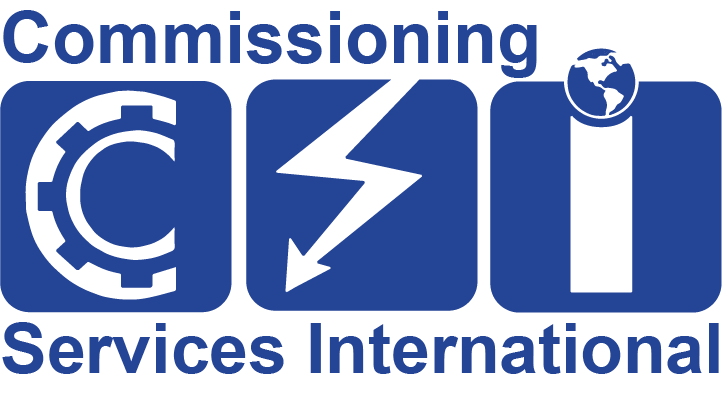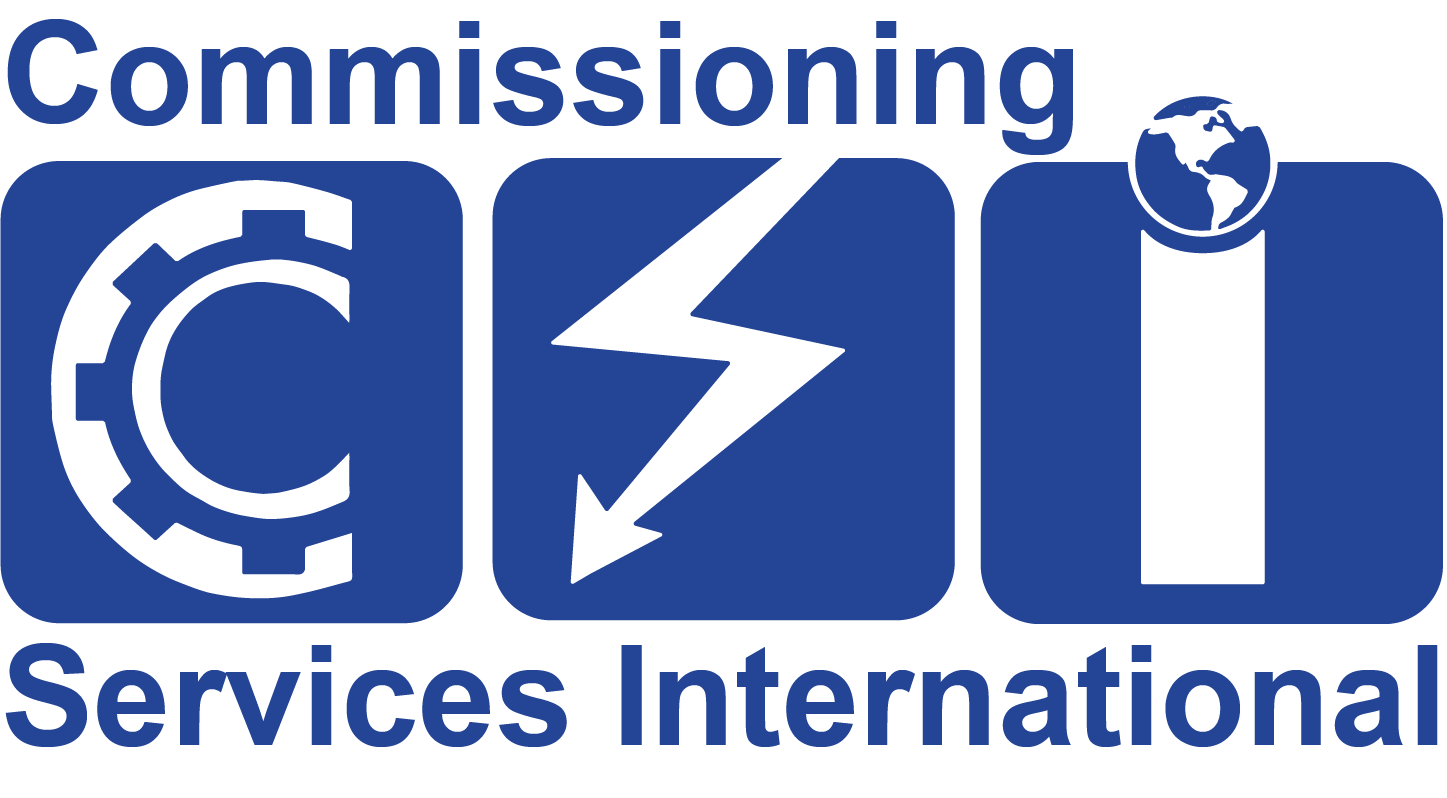Testing and commissioning services have undergone remarkable transformations over time, driven by technological advancements. From commissioning management to documentation solutions, energy and sustainability practices to BIM services, the industry has witnessed significant changes in processes and structures. In this blog post, we will explore how technological developments have reshaped testing and commissioning services, the benefits these advancements bring, and the impact on various stakeholders.
Changing Landscape of Testing and Commissioning Services
Commissioning Services: The traditional approach to commissioning has evolved into streamlined processes that encompass commissioning management, verification and validation, LEED commissioning, retro commissioning, and Testing, Adjusting, and Balancing (TAB). These services ensure that systems and components are thoroughly tested, documented, and optimized for efficient operation.
Testing and Diagnosis: Technological advancements have revolutionized testing methodologies, allowing for more accurate and comprehensive assessments. From electrical testing to sound and vibration testing, clean room testing to network testing, various specialized tests such as HEPA filters testing, medical gas and laboratory testing, thermal imaging testing, building envelope testing, duct leakage testing, indoor air quality testing, tunnel ventilation testing, and cold smoke testing have become more precise and efficient.
Documentation Solutions: The digitization of documentation has streamlined the closeout process. Closeout documentation ensures that all necessary records, reports, and certifications are compiled and organized for project completion. The use of digital platforms and documentation management systems has simplified this process, enabling efficient data storage, retrieval, and sharing.
[/cmsmasters_text][/cmsmasters_column][/cmsmasters_row]

Technological Advancements in Testing and Commissioning
Energy and Sustainability: The integration of energy audit practices and energy efficiency solutions has become crucial for sustainable buildings. Advanced techniques such as CSI energy solutions, CSI energy reviews, and LEED consultancy provide insights into energy consumption, identifying opportunities for optimization and sustainable practices.
BIM Services: Building Information Modeling (BIM) has transformed the design, construction, and commissioning processes. BIM modeling, engineering, scanning, and energy modeling enable collaborative decision-making, clash detection, and efficient project coordination. It enhances communication and coordination among stakeholders, leading to improved project outcomes.
Benefits for Stakeholders
Project Owners: Technological advancements benefit project owners by ensuring the successful delivery of projects. Streamlined testing and commissioning processes lead to enhanced system performance, reduced operational costs, and minimized risks. Accurate documentation facilitates smoother project closeouts and better asset management.
Engineers and Technicians: Technology-driven testing and commissioning processes improve efficiency and accuracy, reducing manual efforts and increasing productivity. Technicians can leverage advanced tools and technologies to perform tests and diagnostics more effectively, ensuring systems’ optimal performance.
End Users and Occupants: Testing and commissioning services, empowered by technological advancements, result in reliable and high-performance systems for end users. Improved energy efficiency, indoor air quality, and system functionality contribute to enhanced occupant comfort, safety, and satisfaction.
Conclusion
The testing and commissioning services industry has witnessed significant changes due to technological advancements. From commissioning services to testing and diagnosis, documentation solutions to energy and sustainability practices, and BIM services, technology has revolutionized processes, leading to enhanced efficiency and better outcomes. These developments benefit project owners, engineers, technicians, and end users, ensuring reliable and sustainable systems that meet the evolving needs of the built environment. Embracing technology will continue to shape the future of testing and commissioning services, driving innovation and optimization in the industry.



Leave a Reply